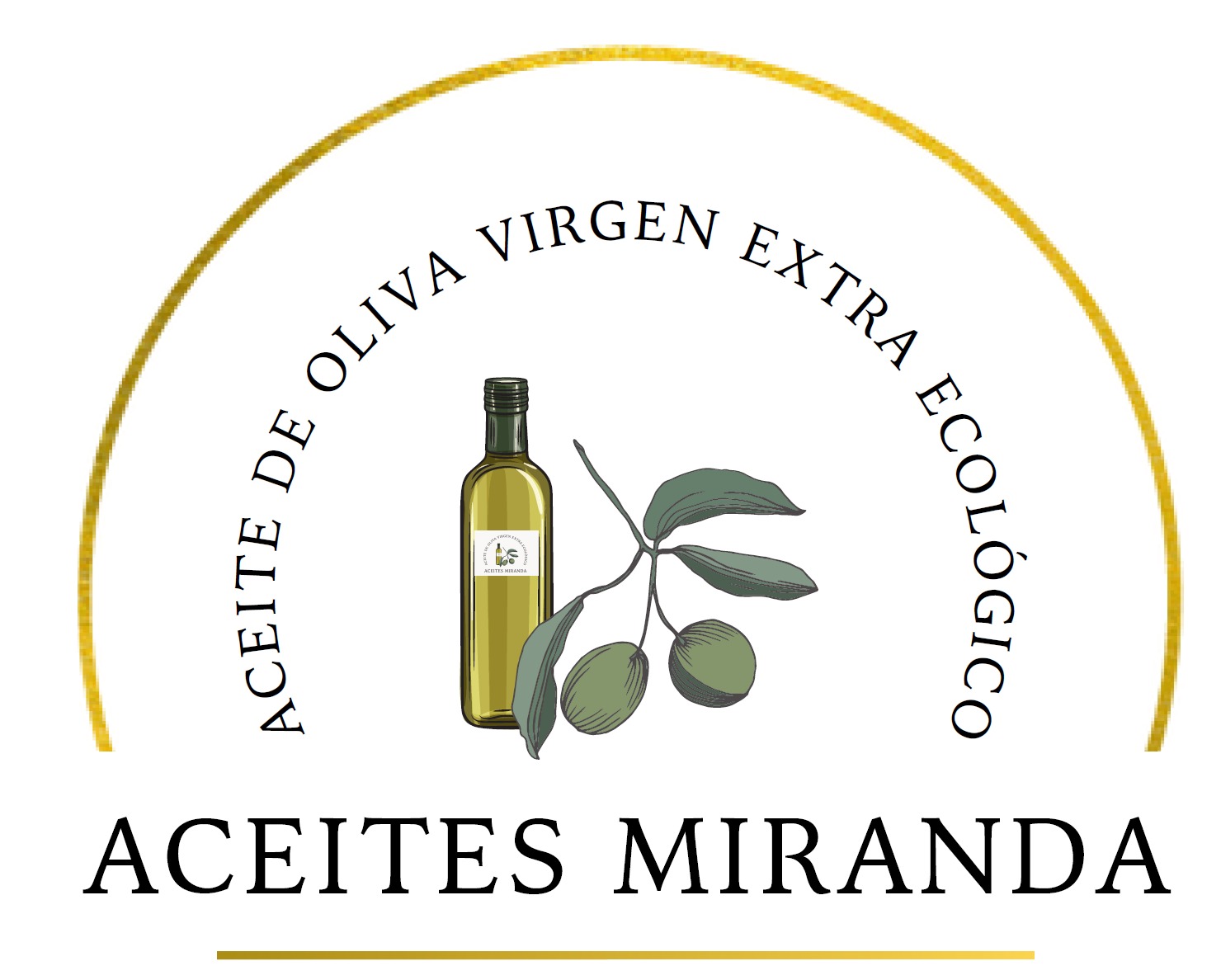Shopping Bag
No products in the cart.
(+34) 687 88 79 09
The process of obtaining the oil, understood as transformation, consists of several phases that begin with the harvesting of the olive and end with the final packaging of the product. The different steps for its elaboration are:
During the months of December and January the agitation, and never better said, arrives to the olive groves to collect the olives that months later will become the awaited and requested oils of the whole country. The “vareo” has been and is the traditional harvesting system that consists of shaking the branches so that the olives fall. Once the olives have fallen from the tree, they have to be taken to the mills as soon as possible.
During the months of December and January the agitation, and never better said, arrives to the olive groves to collect the olives that months later will become the awaited and requested oils of all the country. The “vareo” has been and is the traditional harvesting system that consists of shaking the branches so that the olives fall. Once the olives have fallen from the tree, they have to be taken to the mills as soon as possible.
The grinding allows to break the structure of the olive, without pitting it, to release the liquid part. However, the beating consists of separating the paste from the other elements in order to gradually extract the oil. The result of these two processes forms the olive paste that will originate the future oil.
Separation of the liquid part from the solid part
Here begins one of the vital phases that will determine the final quality of the product. Once the paste is obtained, the liquid part must be separated from the solid part. And this process is carried out by means of selective filtration (an extraction of the oil that remains in the upper part of the paste is carried out) and extraction by pressure (in hydraulic presses the paste is distributed over the stacked filtering mats or discs and subjected to the pressure generated by the presses and from which the oil, the alpechín and the olive pomace are obtained. The oil obtained from the first pressing is of higher quality).
Separation of the liquid phases
In spite of the fact that the liquid matter is becoming thinner, it still contains a small quantity of solids that, obviously, must be eliminated. This new separation can be done by decanting, centrifugation or through a mixed system combining both procedures.
Classification and storage
The oil is stored in the mill before it is bottled and reaches the market in perfect conditions for consumption. In this phase it will undergo favorable changes as it loses part of the bitter aromas while it gains in sweet and pleasant nuances and sensations.
Once our organic extra virgin olive oil has been produced, not just any material can be used to package it. The most commonly used are PET, glass, tin and coated cardboard. It is advisable to use opaque containers that do not allow the light to pass through so as not to alter the excellence hidden inside the oil.
In the world, the average consumption of olive oil is 0.4 kg per person per year.
In Spain, the consumption of olive oil reaches 12 kg per person per year.
All this rigorous process is followed so that the liquid gold reaches the consumer in the best conditions.
Now you just have to enjoy it!

WhatsApp us
